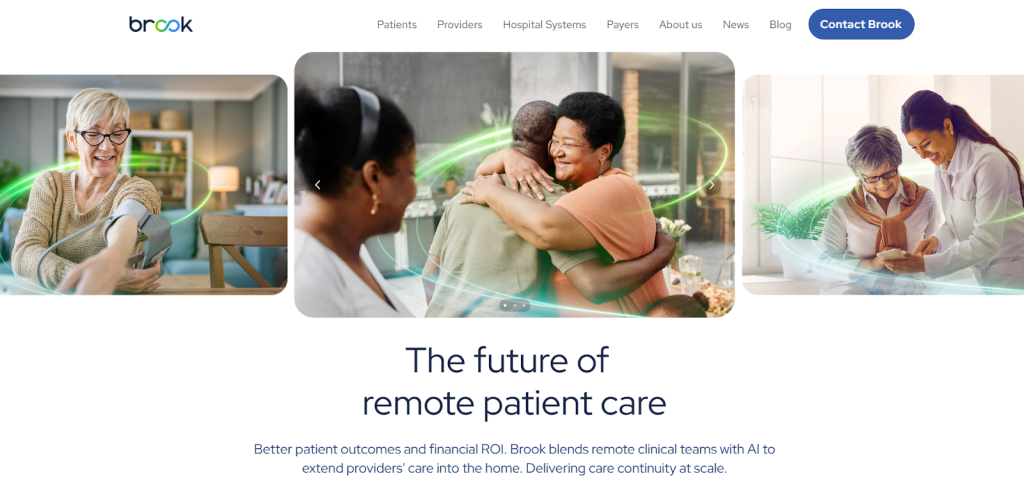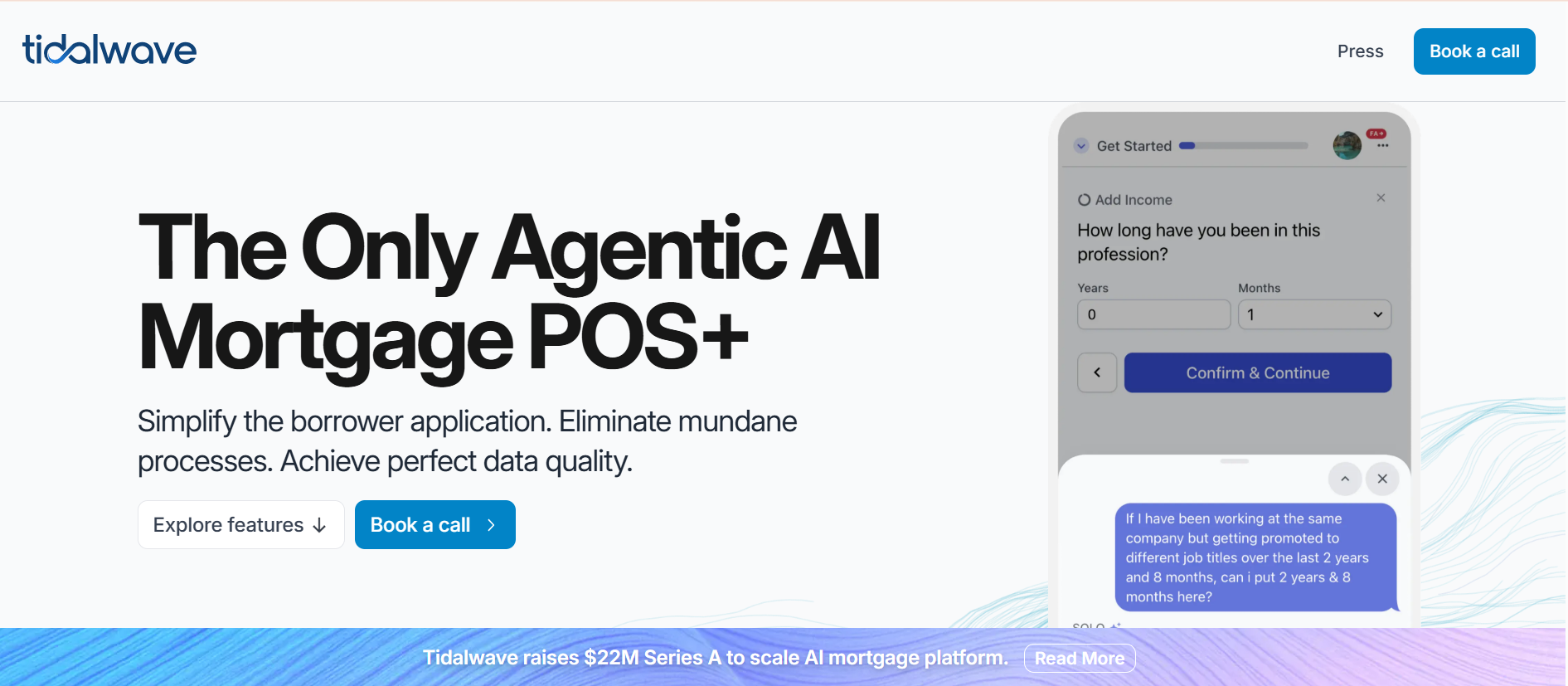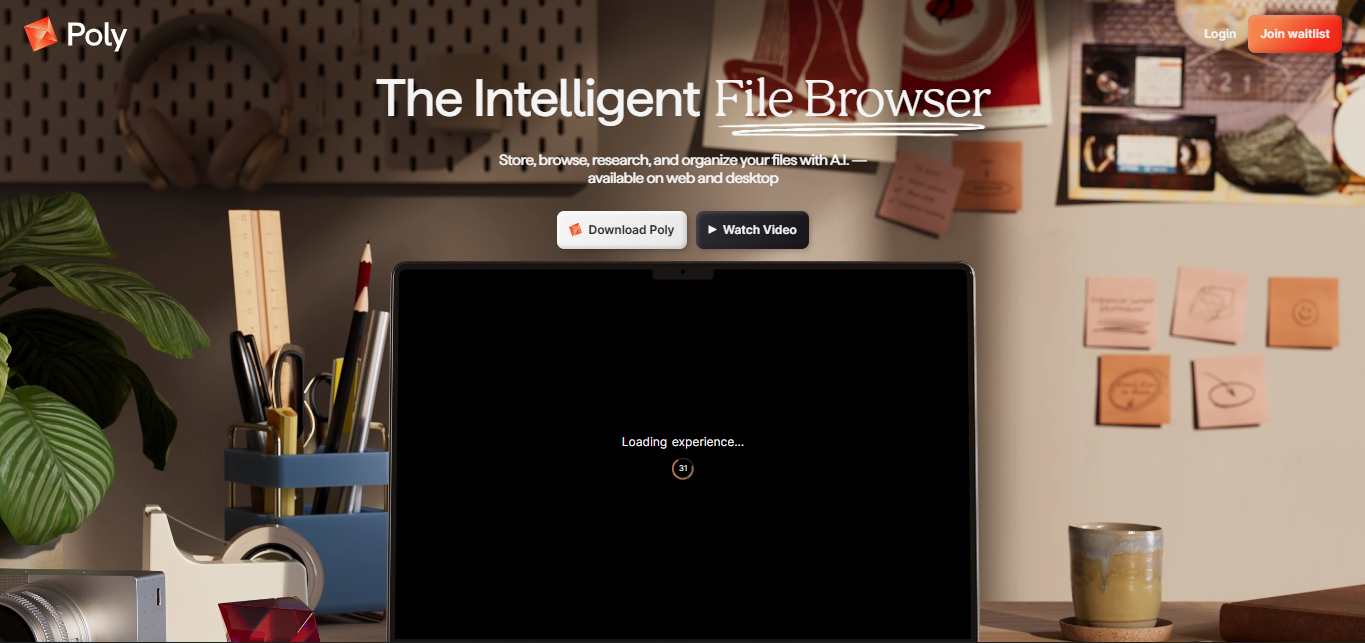Brook Health Raises $28 Million in Series B to Redefine Connected Care
October 23, 2025
byFenoms Start-Up Research

Brook Health, a leading digital health platform focused on empowering patients through connected care, has raised $28 million in Series B funding, led by UMass Memorial Health and Morningside. Founded by Oren Nissim, Brook Health is pioneering the future of patient engagement and chronic condition management by integrating clinical-grade data, real-time support, and human guidance into one cohesive ecosystem.
Connecting Patients, Providers, and Data in Real Time
Healthcare has long been fragmented - patients see multiple providers, data sits in disconnected silos, and care plans often fail between visits. Brook Health recognized that technology alone couldn’t solve this gap; connection could. By building a digital health platform that continuously links patients to clinicians through real-time biometric data and AI-assisted coaching, Brook bridges the most critical moments in care: the ones between appointments.
Through a simple, patient-centered mobile experience, Brook enables users to track health metrics, communicate directly with care teams, and receive proactive support when issues arise. Hospitals and health systems, in turn, use Brook’s platform to reduce readmissions, improve outcomes, and deliver personalized care at scale.
This model doesn’t just modernize care delivery - it reshapes the patient’s relationship with health itself. Rather than waiting to react to symptoms, care becomes predictive, adaptive, and continuous.
Investors Betting on the Future of Connected Health
The Series B round underscores a growing conviction among investors that the future of healthcare lies in continuous, integrated data. UMass Memorial Health, already a leading innovator in patient-centered systems, brings not just capital but clinical validation. Morningside, with its long history in healthtech, reinforces Brook’s position as a platform capable of scaling beyond niche use cases and into mainstream healthcare infrastructure.
The funds will accelerate Brook’s product expansion, strengthen its data integration capabilities, and extend its partnerships with major health systems across the U.S. As digital health spending continues to rise, the timing couldn’t be more precise: hospitals are under pressure to improve outcomes while reducing operational costs, and Brook’s connected care engine directly addresses both.
Why the Best Founders Design for Continuity, Not Just Innovation
There’s a powerful founder insight hidden in Brook’s success - one that goes beyond healthcare. Most startups chase innovation through newness: new features, new markets, new technology. But Brook Health’s strength lies not in novelty - it lies in continuity.
The company didn’t invent remote monitoring or AI health assistants; those existed. What it did was connect the disconnected, making each data point more valuable by linking it into a real-time feedback loop between patient, provider, and system. This is the insight founders across industries can apply: your startup’s moat is rarely built from invention alone - it’s built from integration.
In every domain, from fintech to logistics to healthcare, there’s an invisible layer of inefficiency created by disjointed processes. Founders who learn to bridge those points - who treat integration as their innovation - create businesses that not only scale faster but also compound in value.
Brook Health didn’t just ask, “How can we collect better health data?” It asked, “How can that data flow to the right person at the right time to change an outcome?” That’s where exponential value lives - in the moment when a system begins thinking like a network.
For founders, that’s a transformative mindset shift. The biggest competitive edge isn’t building more; it’s connecting better. The more your product can remove the need for translation - between teams, systems, or people - the faster your users experience clarity, trust, and momentum. Brook’s journey proves that the companies building connection density, not just technological depth, are the ones shaping the next era of digital infrastructure.
From Patient Engagement to Predictive Health
At its core, Brook Health is solving one of the healthcare industry’s hardest challenges: how to make chronic care continuous and human at the same time. The platform uses AI to detect early signs of deterioration in patient conditions, alerting clinicians to intervene before crises occur. This shift from reactive to proactive care transforms patient experiences and dramatically lowers hospital costs.
The system integrates seamlessly into health records, allowing providers to access real-time patient insights. This alignment of data and human touch is what makes Brook stand out in a saturated digital health market. By reducing clinical friction, it enables practitioners to focus on what matters most - care, not administration.
Scaling Trust Through Design
Brook’s design philosophy places equal weight on user experience and clinical accuracy. Every feature is developed with empathy, ensuring patients feel supported rather than surveilled. That sense of agency builds engagement, which in turn feeds more reliable data into the system - a reinforcing loop that strengthens outcomes over time.
The $28 million in fresh funding will also fuel new AI-driven care modules designed to assist providers in decision-making, reduce clinician burnout, and personalize treatment at scale. Brook’s long-term goal is clear: to make connected health the default, not the exception.
The Future of Connected Care
Brook Health represents a new phase in healthcare innovation - one where care follows the patient rather than the other way around. The platform is quietly redefining how health systems think about engagement, measurement, and trust.
As more health networks move toward integrated models, Brook is positioned to become a cornerstone of that transformation. The company’s success highlights a truth every founder can relate to: lasting innovation doesn’t come from building faster or louder - it comes from building with connection in mind.
Because when systems connect, people thrive.









